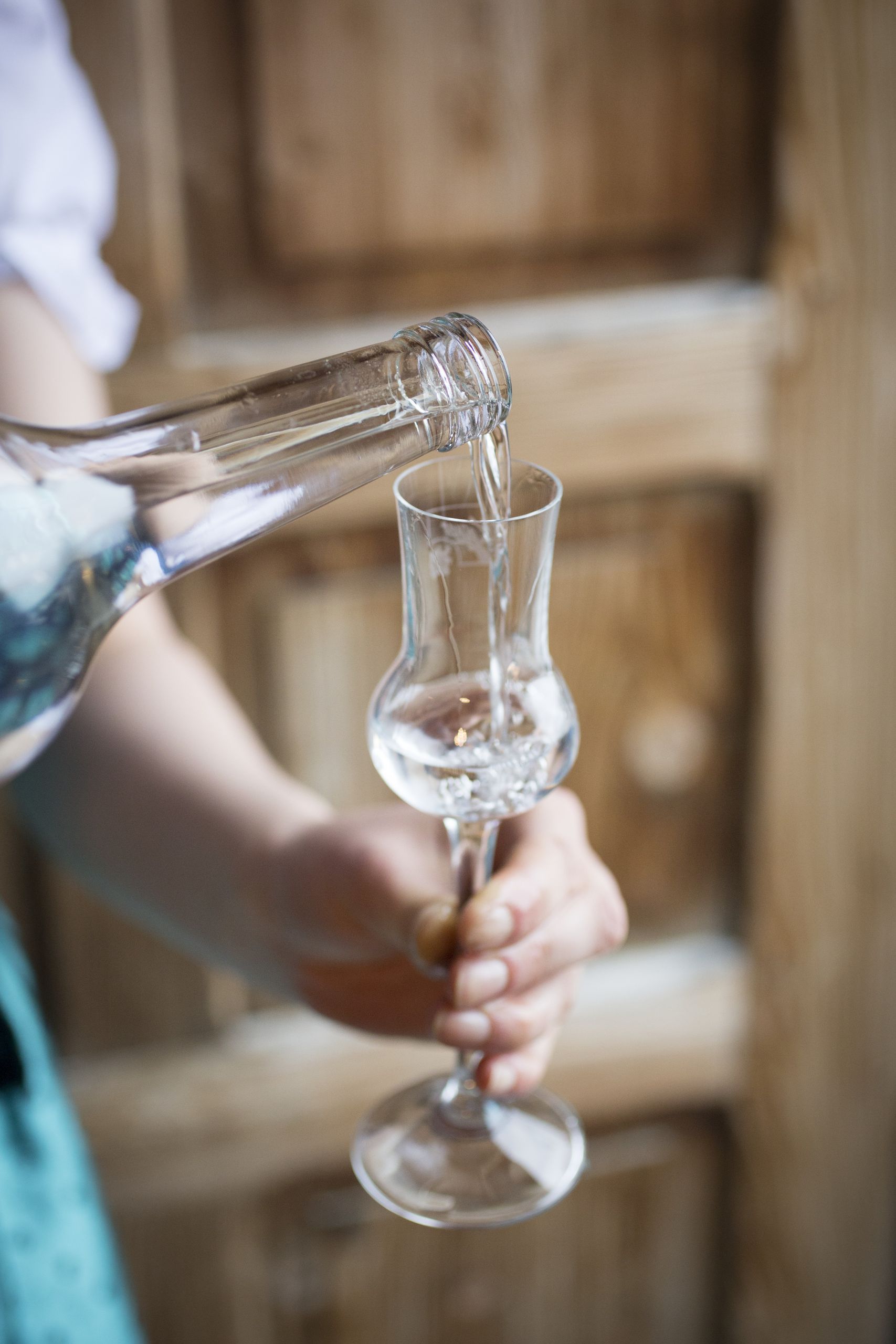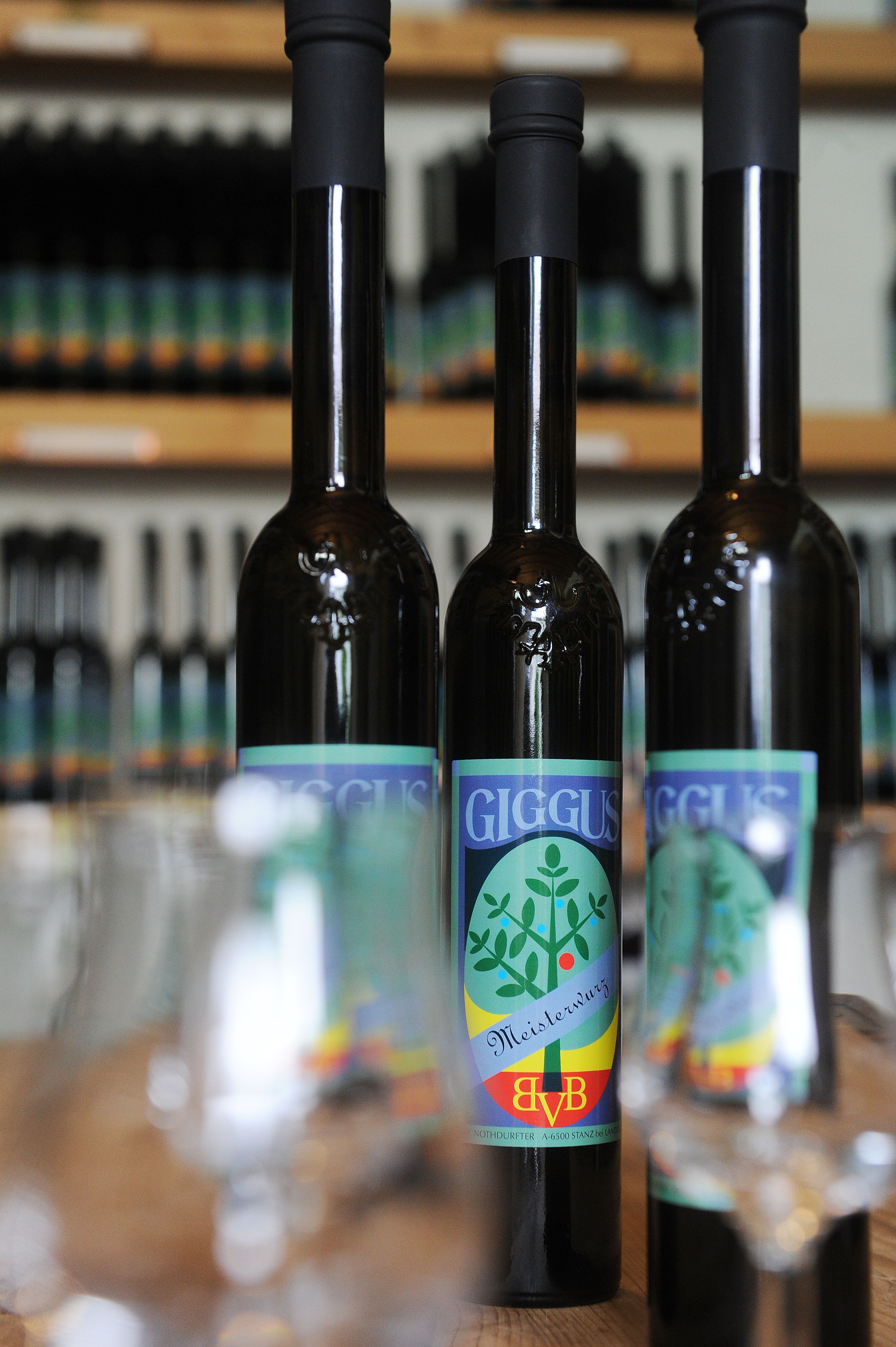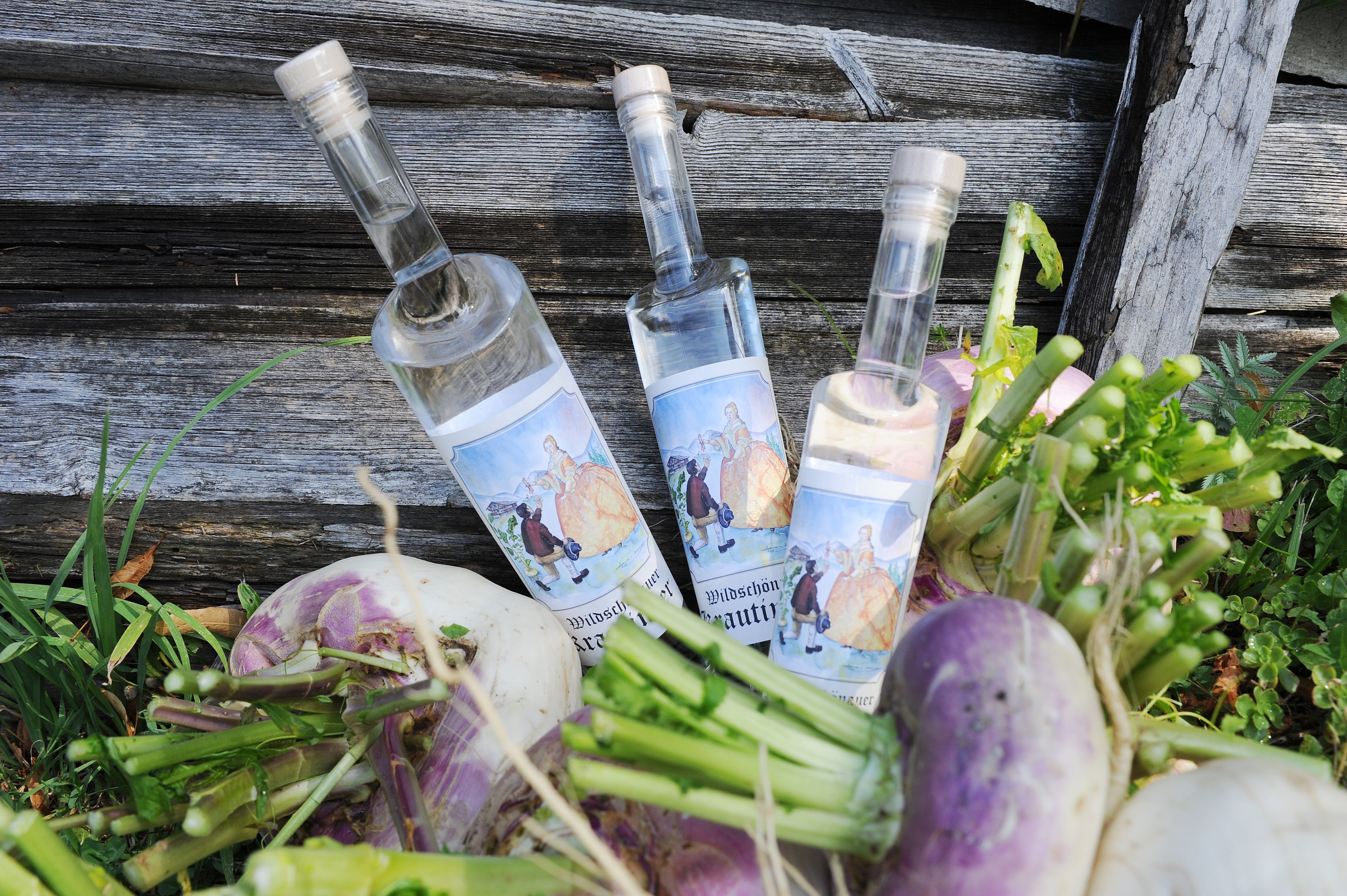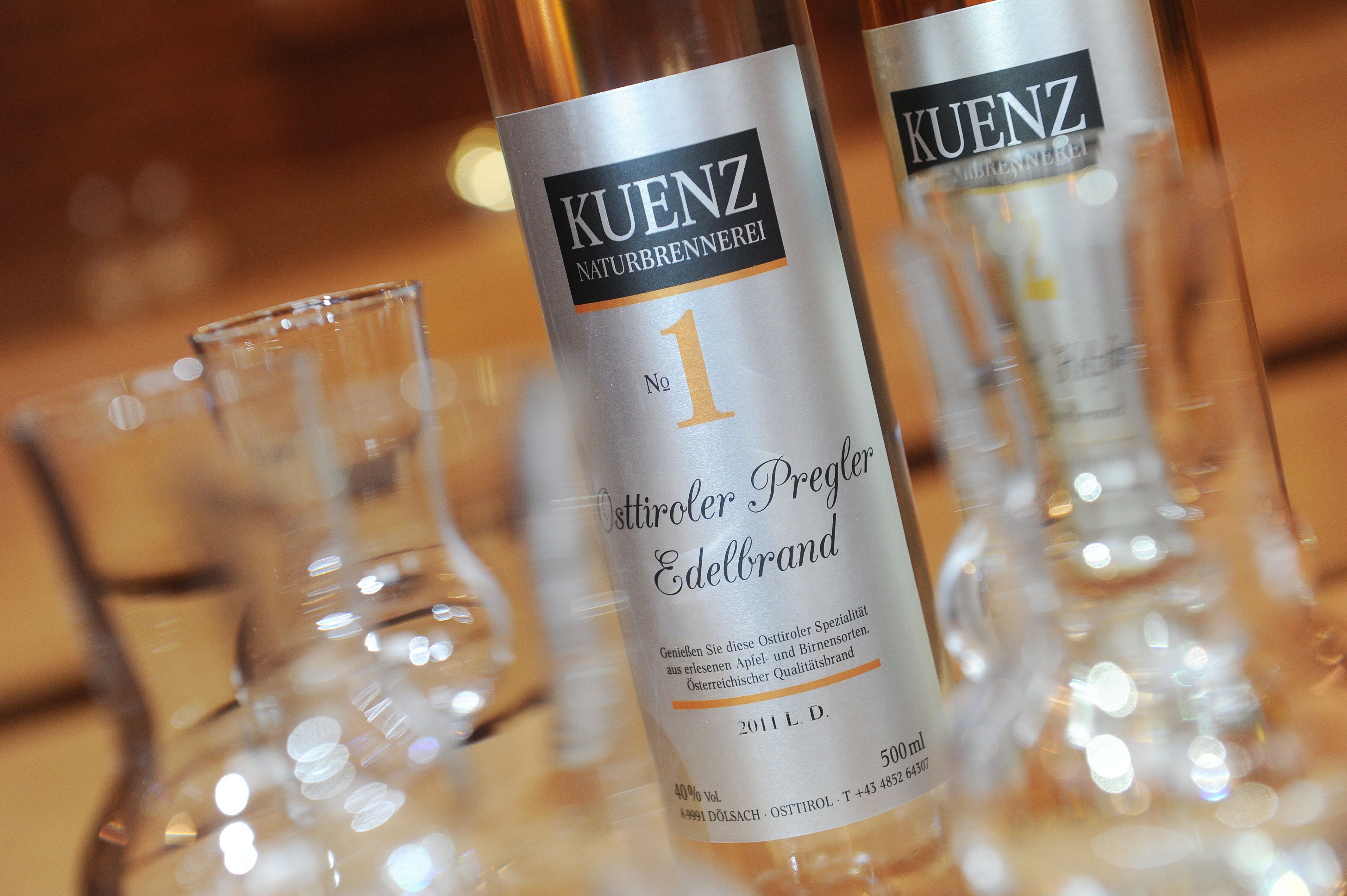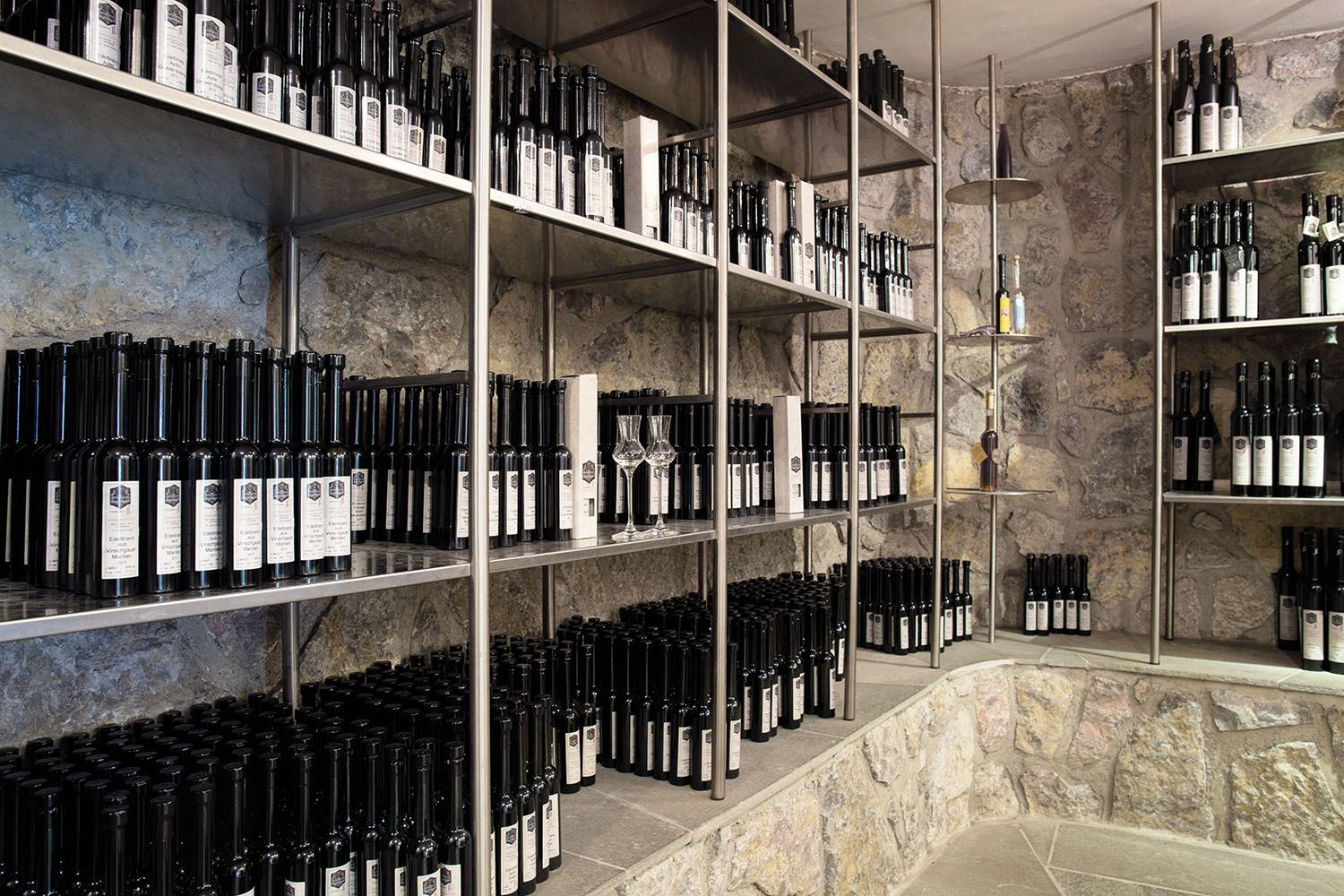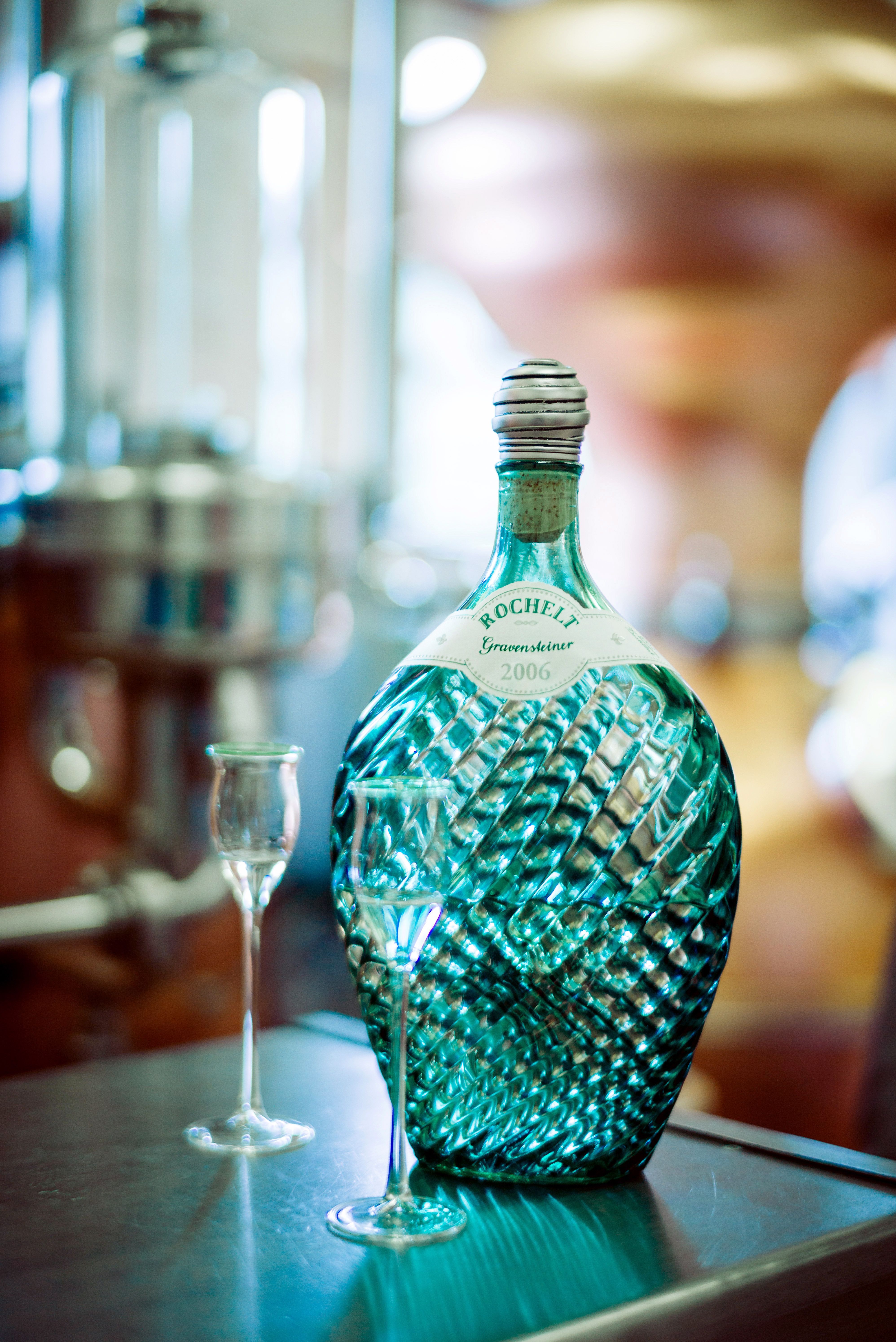Meisterwurz schnapps has been made in Tirol for hundreds of years. Created from the Meisterwurz or masterwort plant, it has a fresh and fruity taste. Masterwort is a flowering plant native to mountain pastures. The Zillertal Valley is particularly well known for this schnapps variety. Thanks to its high concentration of essential oils, the masterwort plant has been used for many centuries to treat all manner of ailments. In some parts of Tirol, people still burn masterwort incense in their living room in order to drive away evil spirits.
The best-known Tyrolean brandies are Meisterwurz, Krautinger, Enzian, Pregler and Stanzer Zwetschke.
